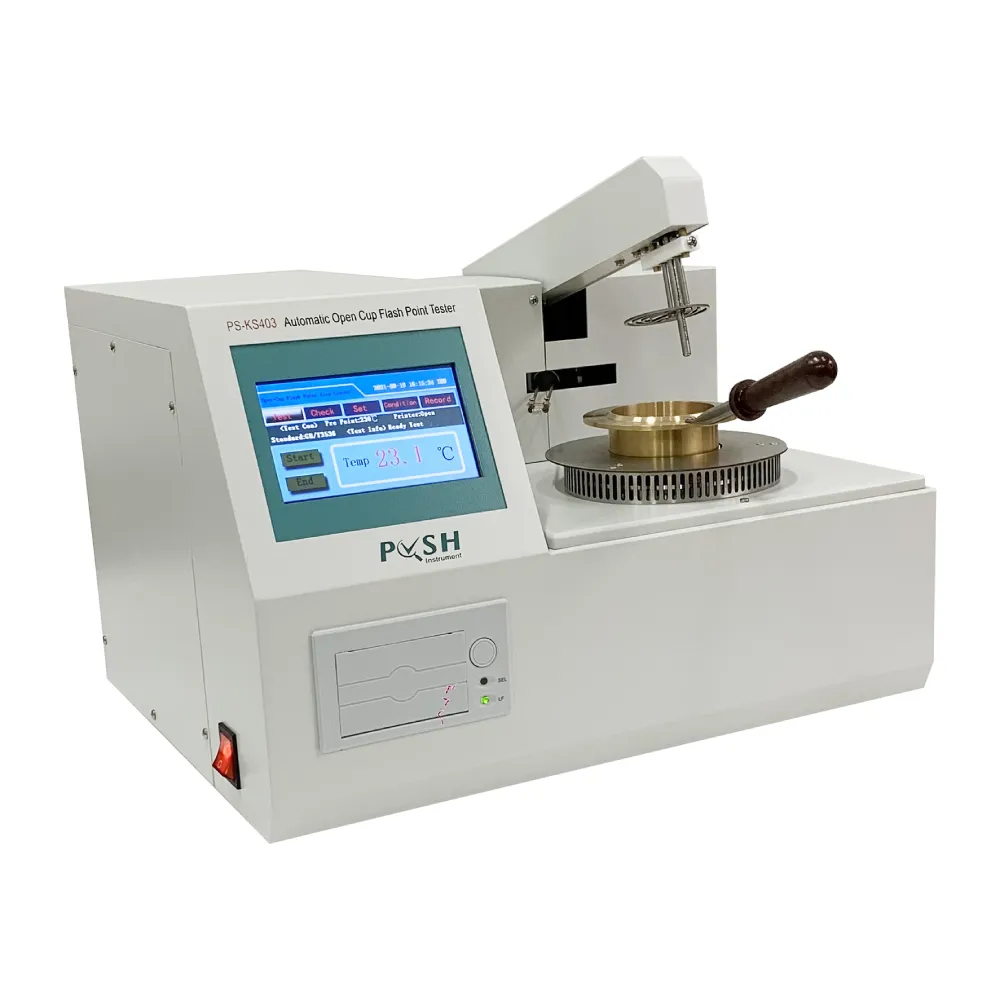 English
English



-
 Afrikaans
Afrikaans -
 Albanian
Albanian -
 Amharic
Amharic -
 Arabic
Arabic -
 Armenian
Armenian -
 Azerbaijani
Azerbaijani -
 Basque
Basque -
 Belarusian
Belarusian -
 Bengali
Bengali -
 Bosnian
Bosnian -
 Bulgarian
Bulgarian -
 Catalan
Catalan -
 Cebuano
Cebuano -
 China
China -
 China (Taiwan)
China (Taiwan) -
 Corsican
Corsican -
 Croatian
Croatian -
 Czech
Czech -
 Danish
Danish -
 Dutch
Dutch -
 English
English -
 Esperanto
Esperanto -
 Estonian
Estonian -
 Finnish
Finnish -
 French
French -
 Frisian
Frisian -
 Galician
Galician -
 Georgian
Georgian -
 German
German -
 Greek
Greek -
 Gujarati
Gujarati -
 Haitian Creole
Haitian Creole -
 hausa
hausa -
 hawaiian
hawaiian -
 Hebrew
Hebrew -
 Hindi
Hindi -
 Miao
Miao -
 Hungarian
Hungarian -
 Icelandic
Icelandic -
 igbo
igbo -
 Indonesian
Indonesian -
 irish
irish -
 Italian
Italian -
 Japanese
Japanese -
 Javanese
Javanese -
 Kannada
Kannada -
 kazakh
kazakh -
 Khmer
Khmer -
 Rwandese
Rwandese -
 Korean
Korean -
 Kurdish
Kurdish -
 Kyrgyz
Kyrgyz -
 Lao
Lao -
 Latin
Latin -
 Latvian
Latvian -
 Lithuanian
Lithuanian -
 Luxembourgish
Luxembourgish -
 Macedonian
Macedonian -
 Malgashi
Malgashi -
 Malay
Malay -
 Malayalam
Malayalam -
 Maltese
Maltese -
 Maori
Maori -
 Marathi
Marathi -
 Mongolian
Mongolian -
 Myanmar
Myanmar -
 Nepali
Nepali -
 Norwegian
Norwegian -
 Norwegian
Norwegian -
 Occitan
Occitan -
 Pashto
Pashto -
 Persian
Persian -
 Polish
Polish -
 Portuguese
Portuguese -
 Punjabi
Punjabi -
 Romanian
Romanian -
 Russian
Russian -
 Samoan
Samoan -
 Scottish Gaelic
Scottish Gaelic -
 Serbian
Serbian -
 Sesotho
Sesotho -
 Shona
Shona -
 Sindhi
Sindhi -
 Sinhala
Sinhala -
 Slovak
Slovak -
 Slovenian
Slovenian -
 Somali
Somali -
 Spanish
Spanish -
 Sundanese
Sundanese -
 Swahili
Swahili -
 Swedish
Swedish -
 Tagalog
Tagalog -
 Tajik
Tajik -
 Tamil
Tamil -
 Tatar
Tatar -
 Telugu
Telugu -
 Thai
Thai -
 Turkish
Turkish -
 Turkmen
Turkmen -
 Ukrainian
Ukrainian -
 Urdu
Urdu -
 Uighur
Uighur -
 Uzbek
Uzbek -
 Vietnamese
Vietnamese -
 Welsh
Welsh -
 Bantu
Bantu -
 Yiddish
Yiddish -
 Yoruba
Yoruba -
 Zulu
Zulu
oil furnace smoke tester
Understanding Oil Furnace Smoke Testers Importance and Functionality
In today's world, where environmental standards and energy efficiency are paramount, maintaining heating systems such as oil furnaces is crucial. An integral part of this maintenance involves ensuring that these systems operate efficiently and do not emit harmful pollutants. Herein lies the importance of oil furnace smoke testers—devices that play a pivotal role in analyzing the combustion efficiency of oil furnaces and ensuring compliance with safety regulations.
What is an Oil Furnace Smoke Tester?
An oil furnace smoke tester is a specialized instrument used to measure the amount of smoke produced during the combustion process in oil-fired furnaces. Smoke is a byproduct of incomplete combustion, often signifying inefficiencies in the furnace that could lead to increased fuel consumption and harmful emissions. These testers typically measure smoke density, often using a scale known as the Ringelmann scale, which ranges from clear to darker shades representing varying levels of smoke density.
Why is Smoke Testing Important?
The significance of smoke testing cannot be overstated. First and foremost, it helps in assessing the efficiency of the oil furnace. An efficient furnace should produce minimal smoke, indicating that it is burning oil effectively. Conversely, high smoke levels suggest incomplete combustion, which not only wastes fuel but also increases the risk of carbon monoxide emissions—a dangerous and potentially lethal gas.
Moreover, smoke testing is crucial from an environmental perspective. In many regions, regulations govern the permissible levels of emissions from heating appliances. Regular testing ensures that the furnace adheres to these standards, thus minimizing its environmental impact. Non-compliance can lead to hefty fines and mandates for repair or replacement, which can be costly for homeowners and businesses alike.
How Does It Work?
oil furnace smoke tester

The process of smoke testing is relatively straightforward. A technician uses the smoke tester to take readings from the furnace exhaust. Typically, a probe is inserted into the flue pipe where it collects smoke samples. The instrument then analyzes the density and characteristics of the smoke produced, providing immediate feedback on the combustion efficiency of the furnace.
In many cases, the smoke tester will also assess other factors, such as the quality of the oil being used and the condition of the burner, which can all impact the combustion process. In some advanced models, additional sensors may analyze the combustion gases, providing a more comprehensive overview of the furnace's performance.
Regular Maintenance and Smoke Testing
Manufacturers often recommend routine testing of oil furnaces to ensure optimal performance and longevity. Ideally, smoke testing should be conducted annually, preferably before the heating season begins. This not only helps in identifying potential issues early but also ensures that the furnace operates at peak efficiency throughout the winter months.
During maintenance checks, if the smoke tester indicates higher-than-acceptable smoke levels, technicians may recommend solutions such as cleaning the burner, adjusting the air-to-fuel ratio, or even replacing defective parts. Addressing these issues promptly can lead to significant energy savings and a reduced carbon footprint.
Conclusion
In summary, oil furnace smoke testers serve as a valuable tool in the effective management of oil-fired heating systems. By measuring smoke levels, these devices provide critical insights into the efficiency of combustion processes and aid in ensuring compliance with environmental regulations. Regular use of smoke testers as part of a maintenance regimen not only enhances the performance of oil furnaces but also contributes to safer, cleaner heating practices. In an era of heightened environmental awareness, investing in the maintenance and testing of oil furnaces is not just a good practice—it's an essential responsibility.
-
Testing Equipment Industry Sees Major Advancements in 2025: Smart & Precision Technologies Lead the WayNewsJun.06,2025
-
Applications of Direct Current Generators in Renewable Energy SystemsNewsJun.05,2025
-
Hipot Tester Calibration and Accuracy GuidelinesNewsJun.05,2025
-
Digital Circuit Breaker Analyzer Features and BenefitsNewsJun.05,2025
-
Benefits of Real-Time Power Quality Monitoring Devices for Industrial EfficiencyNewsJun.05,2025
-
Earth Fault Loop Testing in High-Rise Building Electrical SystemsNewsJun.05,2025



